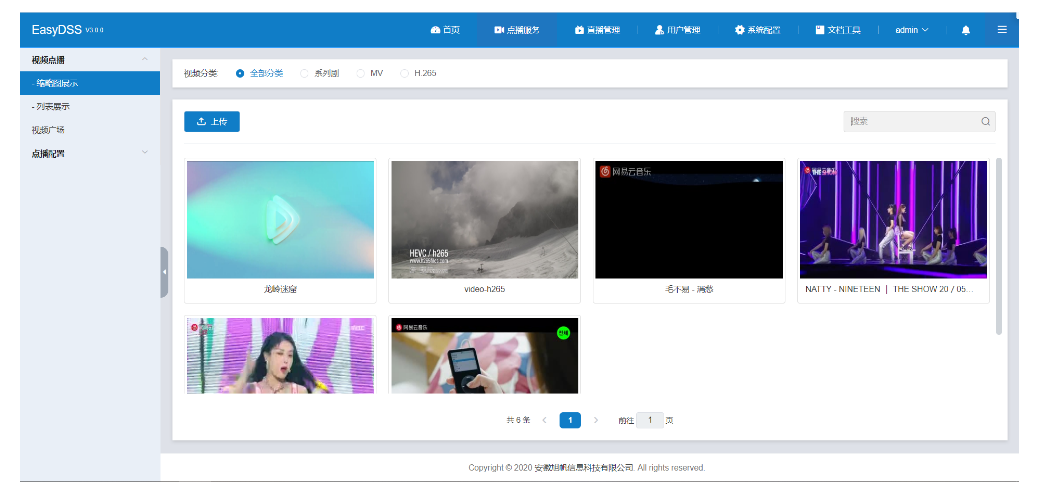In a delphi program (running as a service) i need to call some webservices.
The calls works fine if basic Authentications is not requerired. The calls also works fine if Basic Authentication is requerired and username/password is provided (in BeforePost) using:
InternetSetOption(Data, INTERNET_OPTION_USERNAME,...
InternetSetOption(Data, INTERNET_OPTION_PASSWORD,...
But if Basic Authentication is Requeried, and username/password is not provided, the program brings up af prompt for the username/password (thats a NO-GO in a servcice).
So how can I signal that i DON'T want a prompt, but instead an error?
The problem is, as i can se it, in the SOAPHTTPTrans function THTTPReqResp.Send(const ASrc: TStream): Integer; (line 762 (second call to InternetErrorDlg i that method)).
EDIT1:
if i change the Flags in the beginning of the send method (in SOAPHTTPTRANS) to include INTERNET_FLAG_NO_AUTH, it works as i wanted.
But how do i do that without changing the SAOPHTTPTrans (if possible)?
EDIT2:
ws := THTTPRIO.Create(Self);
ws.URL := 'http://excample.com/ws.asmx';
ws.HTTPWebNode.InvokeOptions := [soIgnoreInvalidCerts];
ws.HTTPWebNode.OnBeforePost := WebServiceCallBeforePost;
AvailabilityWebservice := (ws as AvailabilityServiceSoap);
sTemp := AvailabilityWebservice.GetVersion;
Where AvailabilityServiceSoap is the interface generated using the WSDL importer.
You could create a new class which Inherits from THTTPReqResp and override the send method so that you can include your own flags. You should be able to set ws.HTTPWebNode to a new node using the new class.
Something Like
ws := THTTPRIO.Create(Self);
MyNewNode := MyNewClass.Create;
ws.HTTPWebNode := MyNewNode;
ws.URL := 'http://excample.com/ws.asmx';
ws.HTTPWebNode.InvokeOptions := [soIgnoreInvalidCerts];
ws.HTTPWebNode.OnBeforePost := WebServiceCallBeforePost;
AvailabilityWebservice := (ws as AvailabilityServiceSoap);
sTemp := AvailabilityWebservice.GetVersion;
I had this problem when trying to let Windows Live Messenger work through a web filter.
I ended up writing a small program that auto-authenticates every so often.
Hope this helps you too.
uses
... IdHTTP ...;
...
var
httpGetter: TIdHTTP;
...
httpGetter.Request.Username := username;
httpGetter.Request.Password := password;
httpGetter.HandleRedirects := True;
httpGetter.Request.BasicAuthentication := True;
//custom useragent required to let live messenger work
//this part is probably not necessary for your situation
httpGetter.Request.UserAgent := 'MSN Explorer/9.0 (MSN 8.0; TmstmpExt)';
httpGetter.Get(url,MS);
...
How about checking the servers authentication mode first?
http://en.wikipedia.org/wiki/Basic_access_authentication
- The client asks for a page that
requires authentication but does not
provide a user name and password.
Typically this is because the user
simply entered the address or
followed a link to the page.
- The server responds with the 401
response code and provides the
authentication realm.
So the client service application could send a Get and see if the response has a header like
WW-Authenticate: Basic realm="Secure Area"





